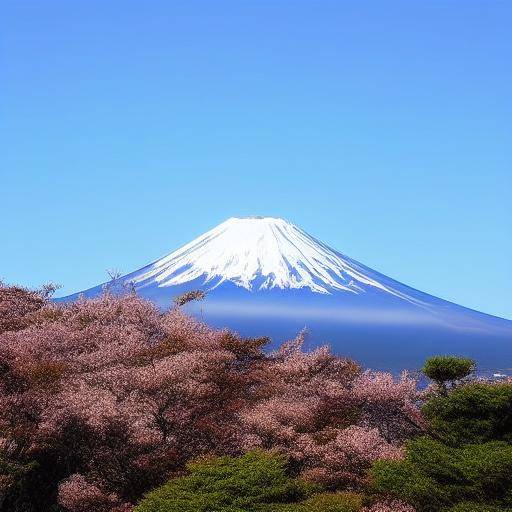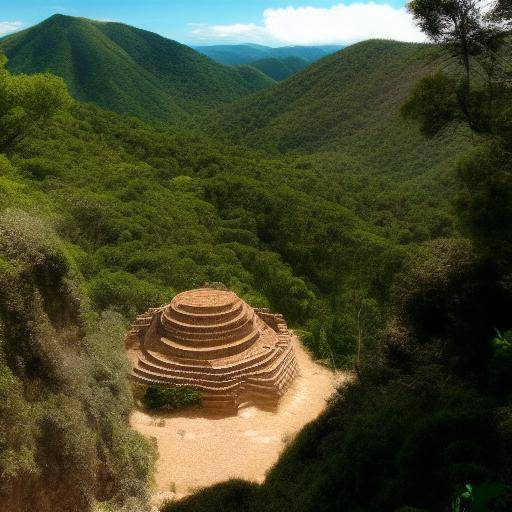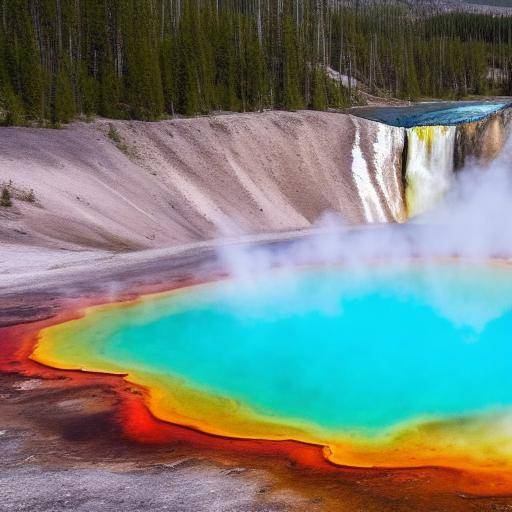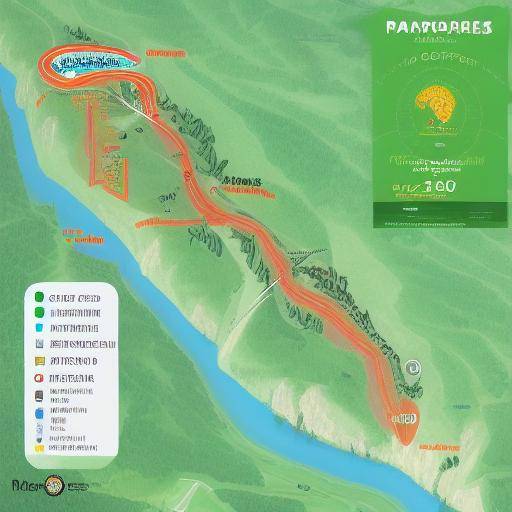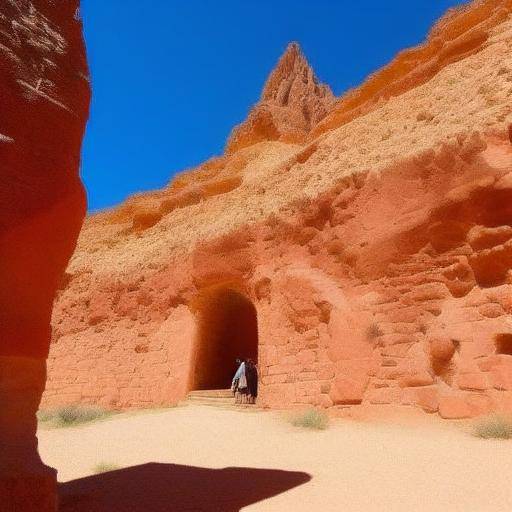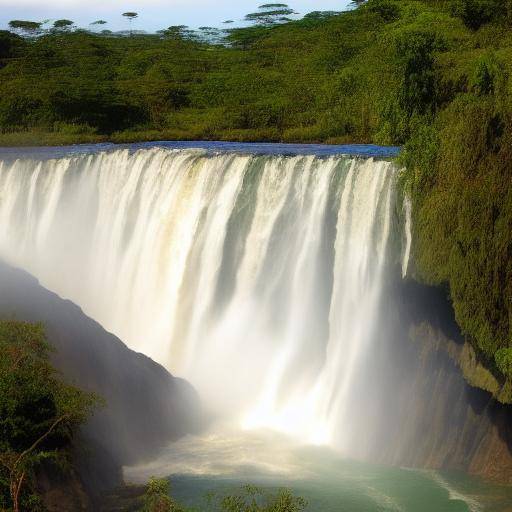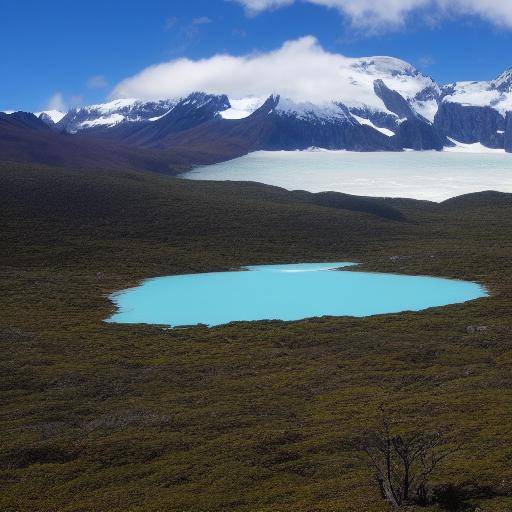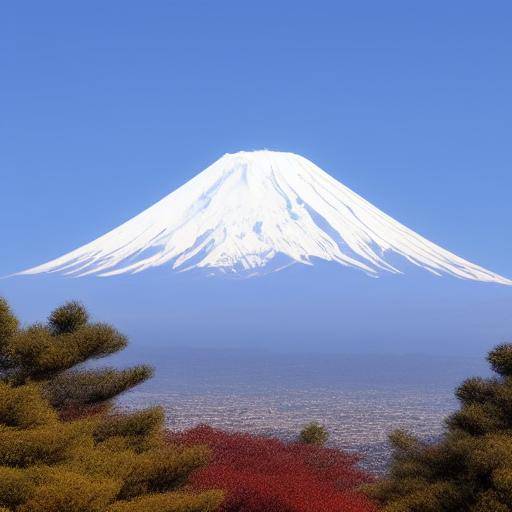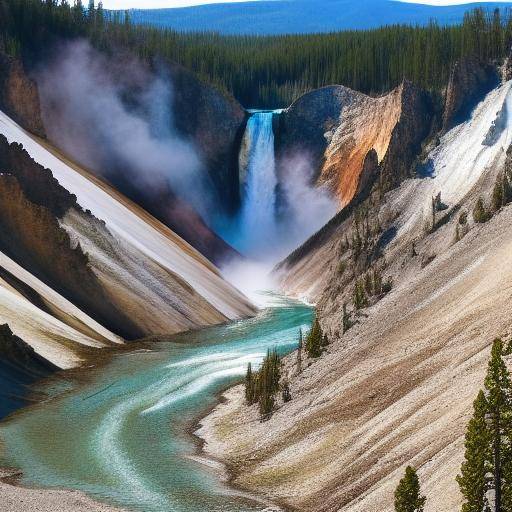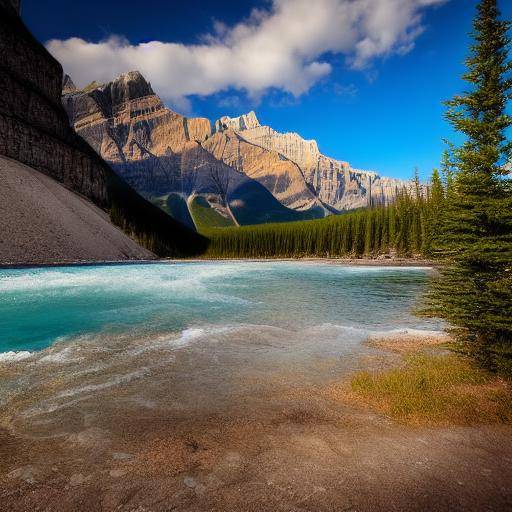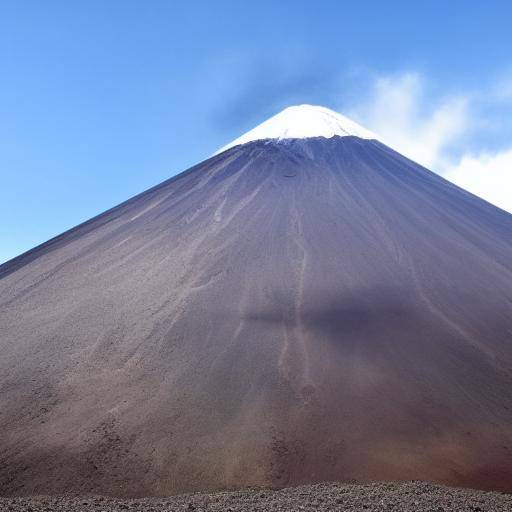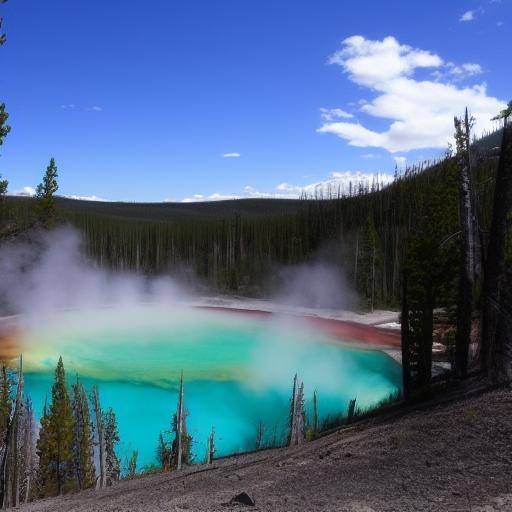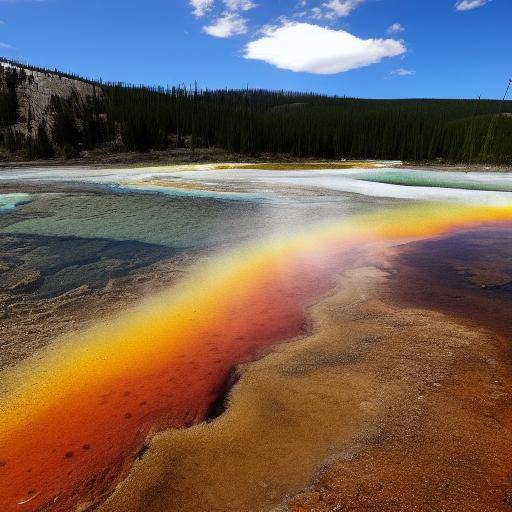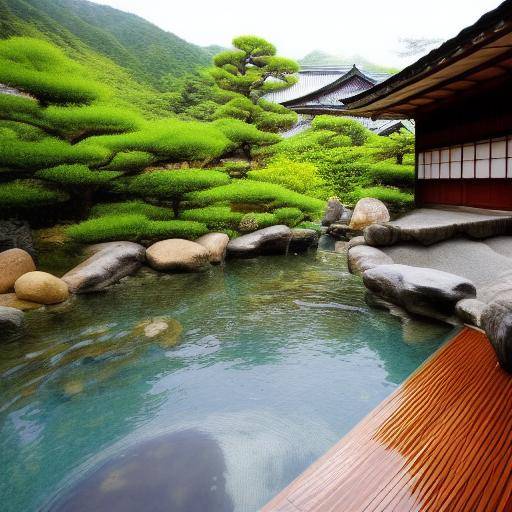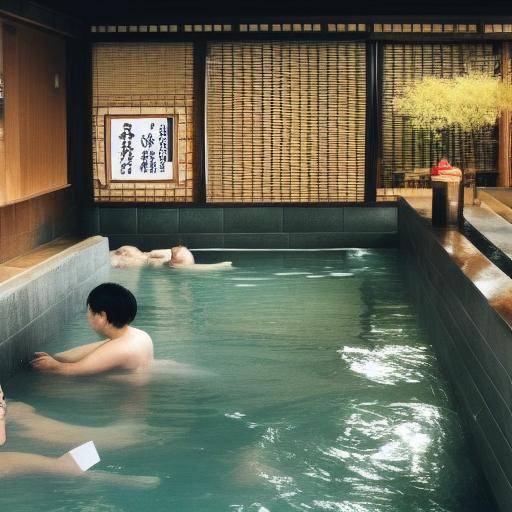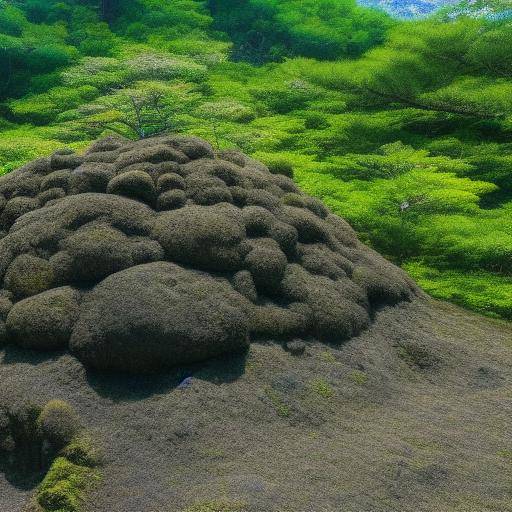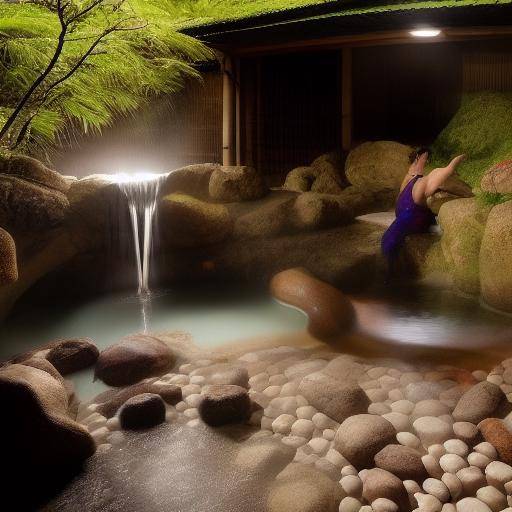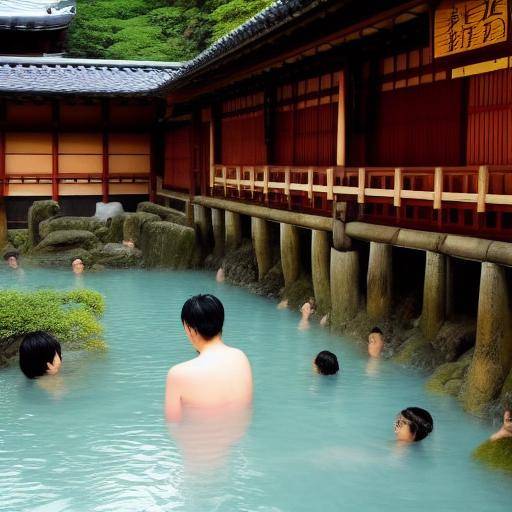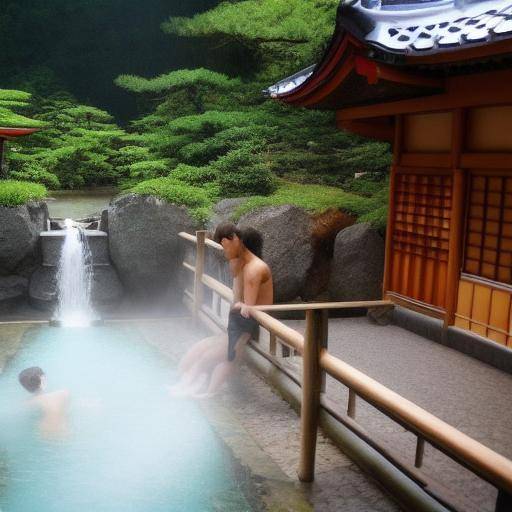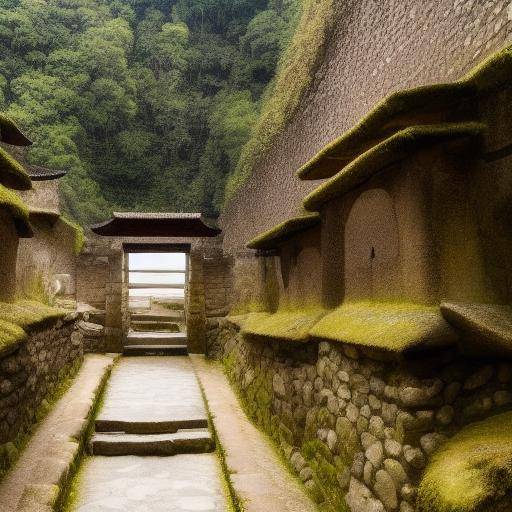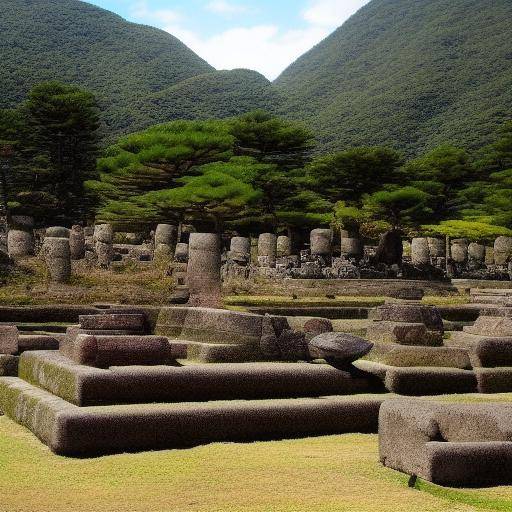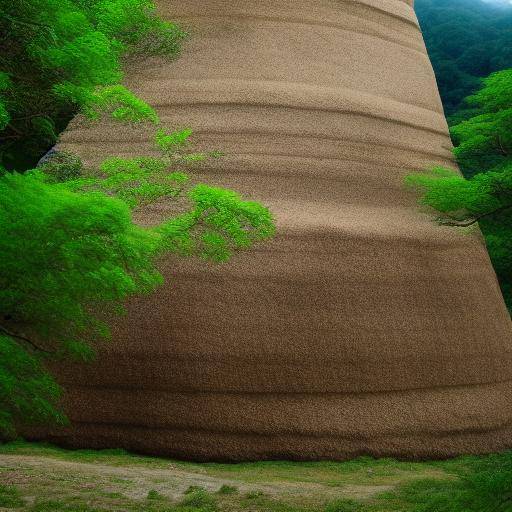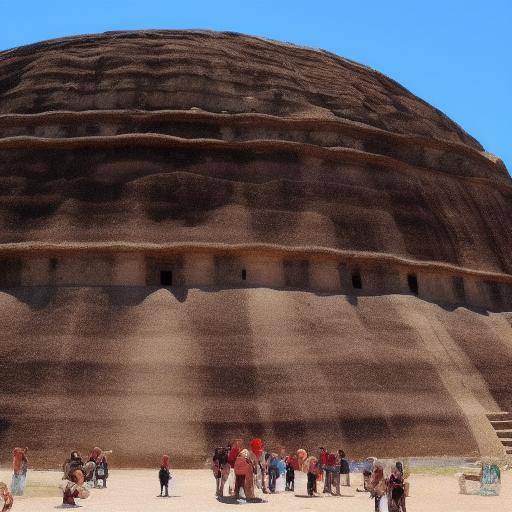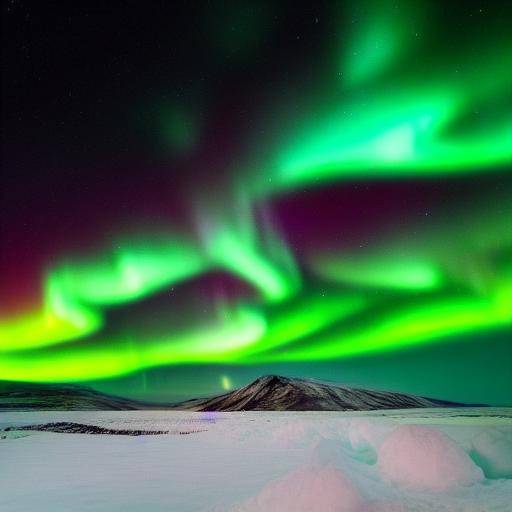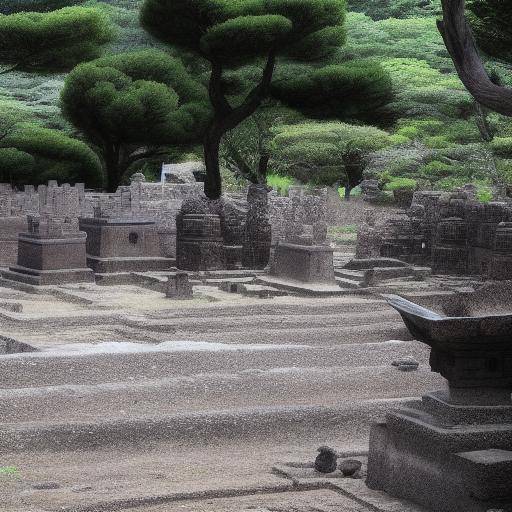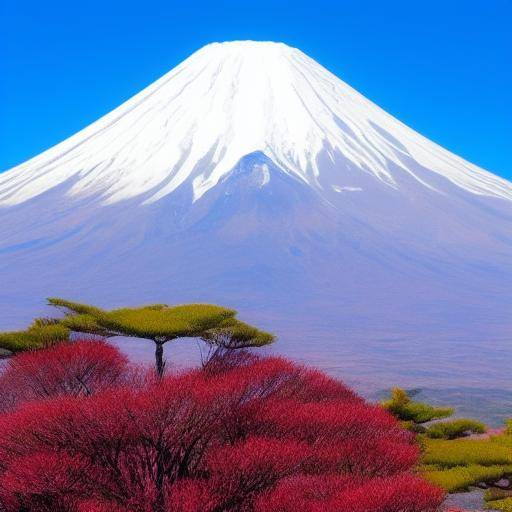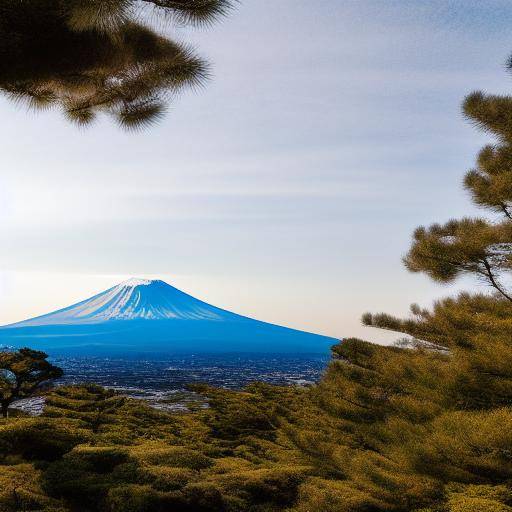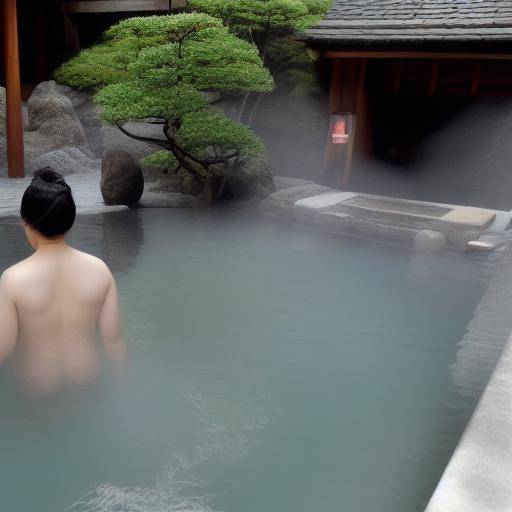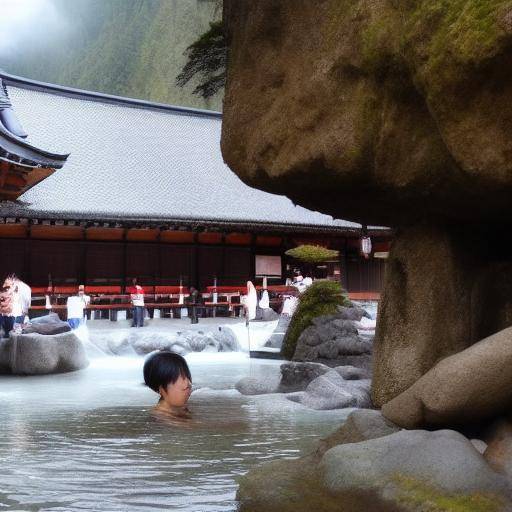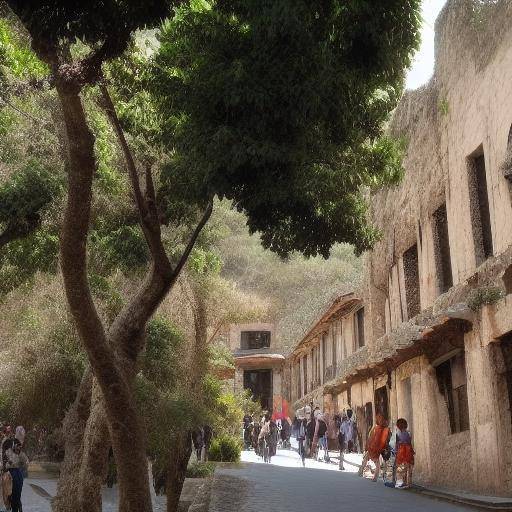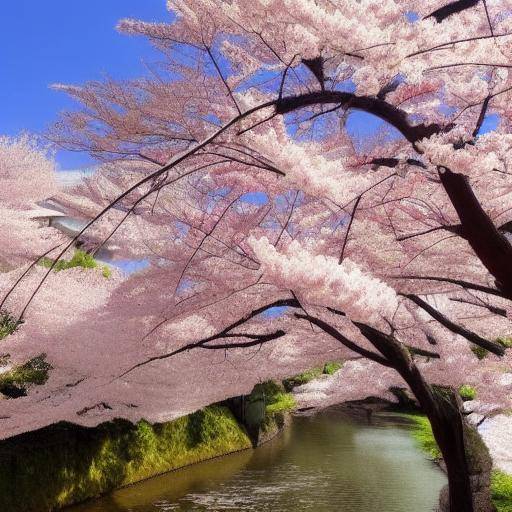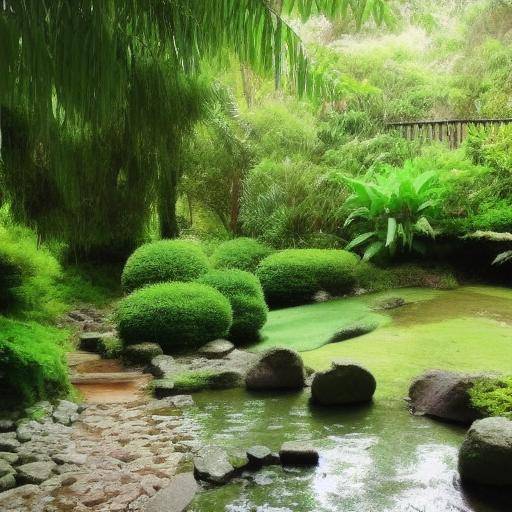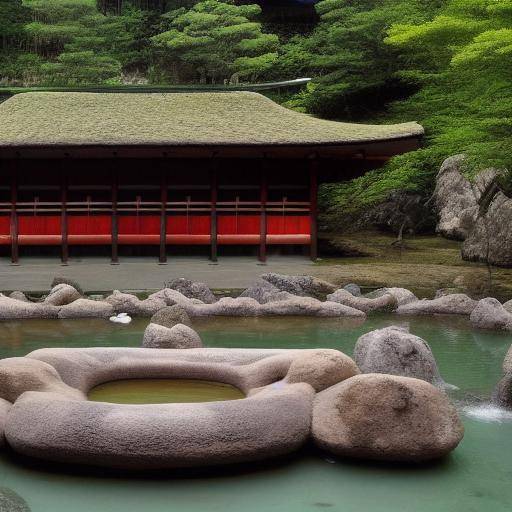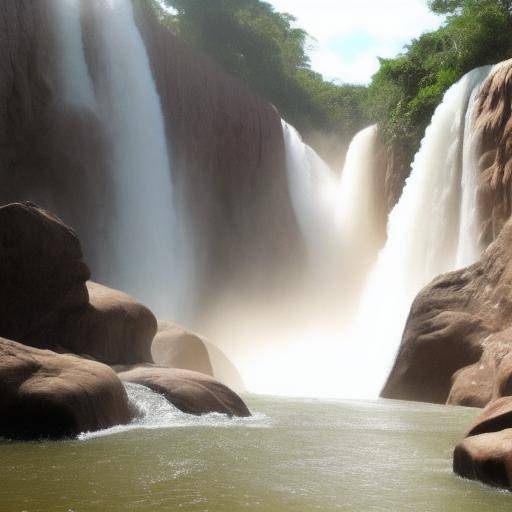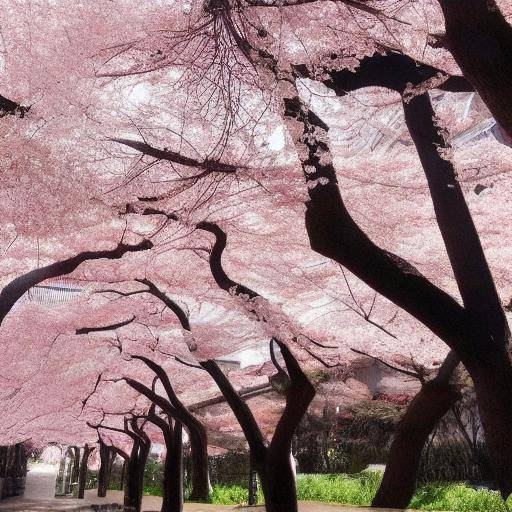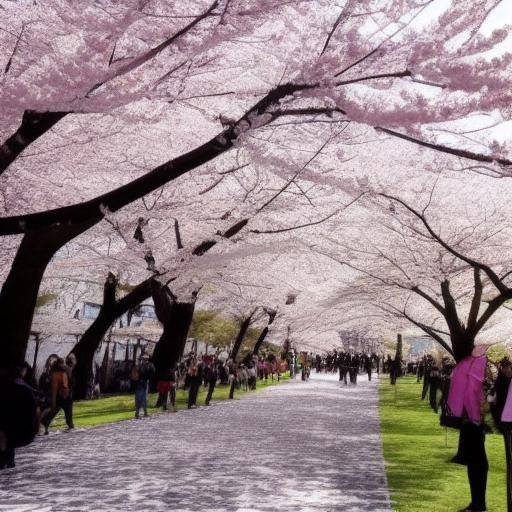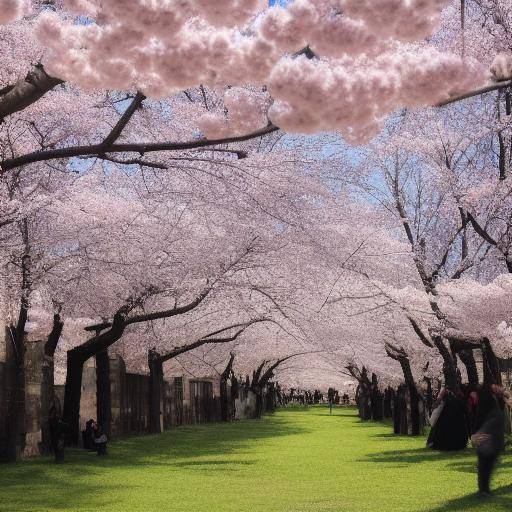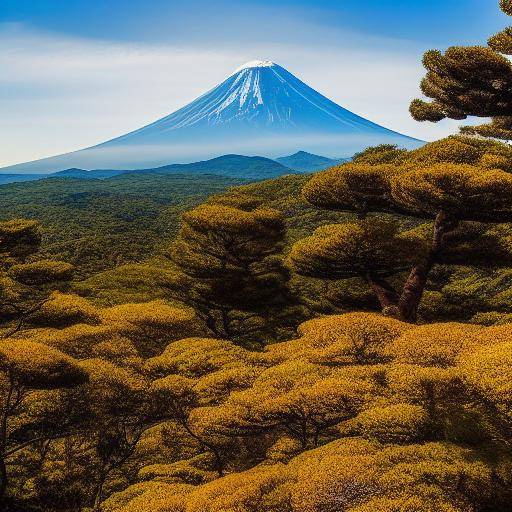
Discover the majesty and ancient history behind the iconic Mount Fuji in Japan
Mount Fuji, or Fujisan in Japanese, is an imposing natural wonder that has long been a sacred symbol and inspiration for artists, climbers and travelers. Located in the Chubu region, this volcanic cone offers visitors the opportunity to experience nature in all its splendour and discover a fascinating part of Japanese culture. From its stunning beauty to its touching history, Mount Fuji is a gem that stands out in the Japan panorama. In this article, we will explore the climbing and panoramic views of Mount Fuji, plunging into its history, its challenges and benefits as well as sharing practical advice for adventurers.
Introduction
Mount Fuji, majestic and venerated, stands as the highest peak in Japan, reaching an altitude of 3,776 meters above sea level. This natural wonder, which surprises with its perfect conical form, has been a source of inspiration for poets, artists and pilgrims for centuries. Climbing Mount Fuji is an experience that combines physical challenges with stunning panoramic views, offering a dream look to those who reach their summit. In this article, we will explore in detail the rich history and unique experiences offered by this emblematic mountain, as well as the challenges and rewards that await those who seek to conquer it.
History and Background
Mount Fuji has a history dating back thousands of years, being a central element in religious beliefs and Japanese culture. Considered sacred by many, the mountain has had a significant impact on society and the arts of Japan over the centuries. From ancient legends to influence in literature and art, Mount Fuji has left an indelible mark on Japan's cultural identity.
The veneration of Mount Fuji can be traced to the first written records of Japan, where it is mentioned as a place of worship and devotion. Over the centuries, it has been a recurring theme in Waka poetry, in calligraphy, in painting and traditional theatrical performances, highlighting its role as a source of artistic inspiration.
Mount Fuji has also been an important pilgrimage destination for those who sought to connect with the divine and seek spiritual enlightenment. Over time, it has been the subject of scientific study and attraction for nature lovers and climbers. With its inclusion in the UNESCO World Heritage List, Mount Fuji has gained even more global recognition, attracting visitors from around the world.
Analysis in Deep
In considering the climbing of Mount Fuji, it is crucial to address both the practical aspects and the cultural and natural implications it entails. Physical challenges, meticulous planning and compensation with unique panoramic views contribute to the complexity of this experience. Through statistics, case studies and concrete examples, we can understand the dynamics involved in the climbing of Mount Fuji and the implications that this has for adventurers.
Climatetologically, Mount Fuji presents significant challenges, with unpredictable changes in weather conditions and high altitudes that can affect the health and performance of climbers. On the other hand, natural beauty and spectacular panoramic views from the summit offer an invaluable reward for those who challenge these obstacles.
Comprehensive review
The climbing of Mount Fuji is not only a physical feat, but an opportunity to learn and appreciate the cultural and natural values associated with this milestone. With its inclusion in the UNESCO World Heritage List, Mount Fuji has become a focus for conservation and sustainable environmental management. Exploring the practical applications of this environmental awareness in the management of mountain access, waste management and the preservation of local flora and fauna allows us to better understand the challenges and practices necessary to protect this natural treasure.
Comparative analysis
By comparing Mount Fuji to other natural destinations in Japan, it is possible to identify similarities, differences and synergies that offer a broader view of the natural wonders the country has to offer. Japan's geographical and ecological diversity is shown through comparison with other natural areas, providing a deeper appreciation of the connection between nature and Japanese culture.
Practical Tips and Accessible Recommendations
For those who venture to climb Mount Fuji, it is crucial to have practical information and proven advice that will help them prepare properly. From the necessary equipment to physical and mental considerations, providing clear guidance and informed recommendations ensures that climbers are better equipped to meet this challenge with confidence.
- Essential equipment: Be sure to wear a sturdy footwear, suitable clothes for layers and a hand lantern for night climbing.
- Aclimate and Rest: Plan your climb to include times of rest and acclimatization at altitude to minimize the risk of mountain disease.
- Respect for the Environment: Advocate for sustainable and responsible practices, carrying with you your wastes and respecting the established rules for the conservation of Mount Fuji.
Industrial Perspectives and Expert Reviews
Gathering perspectives of experts on the escalation, environmental conservation and Japanese culture, we can obtain valuable information about the implications and trends surrounding Mount Fuji. Analysis of trends, future forecasts and councils of leaders in these areas provide a complete picture of current and future dynamics in relation to Mount Fuji.
Case Studies and Real Life Applications
Exploring specific cases of climbers, artists, conservationists and travelers who have interacted with Mount Fuji provides a practical understanding of the challenges and rewards this experience offers. Through personal experiences, learning and reflections on the cultural and environmental impact, we can see how Mount Fuji has influenced and transformed those who have explored it.
Future Trends and Predictions
In considering the future of Mount Fuji in the context of global trends, environmental concerns and cultural dynamics in Japan, it is possible to anticipate the changes and challenges that could affect this iconic mountain. Based on current data and expert projections, we are given a prospective vision that helps us understand and prepare for the future of Mount Fuji.
Conclusions and FAQs
Conclusion
Mount Fuji is more than a mountain; it is a symbol of beauty, inspiration and respect. Its history, challenges and rewards offer a unique window to Japan's rich cultural tradition and natural majesty. By exploring this icon through climbing and panoramic views, we have appreciated its deep meaning and its lasting impact.
Frequently asked questions
- What is the best time to climb Mount Fuji?
- The official promotion season runs from July to early September, when the routes are clear of snow and the weather is more stable.
- Is special training required to scale Mount Fuji?
- No advanced technical training is required, but good physical condition and acclimatization are important.
- **How long has Mount Fuji been up?
- The promotion usually takes 5 to 7 hours, while the descent may take 3 to 4 hours.
- What are the risks associated with Mount Fuji climbing?
- Risks include mountain disease, sudden climate change and altitude fatigue.
- What does Mount Fuji mean in Japanese culture?
- Mount Fuji has been a symbol of beauty, respect and spirituality in Japanese culture for centuries.
- Do you need a permit to climb Mount Fuji?
- Yes, climbers need to get permission to climb Mount Fuji during the climbing season.
This complete article has explored in detail the magnificent combination of the climbing and the panoramic views of Mount Fuji, revealing its rich connections to history, culture and nature. From its ancestral roots to the impact on the present and the future, Mount Fuji stands as a testimony to Japan's natural grandeur and spiritual heritage. May this article inspire more people to explore and appreciate this natural wonder with respect and admiration.

